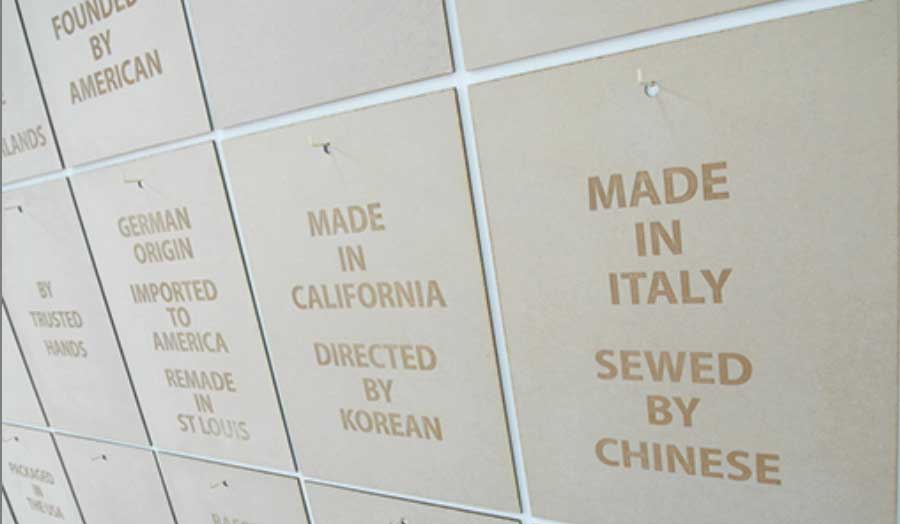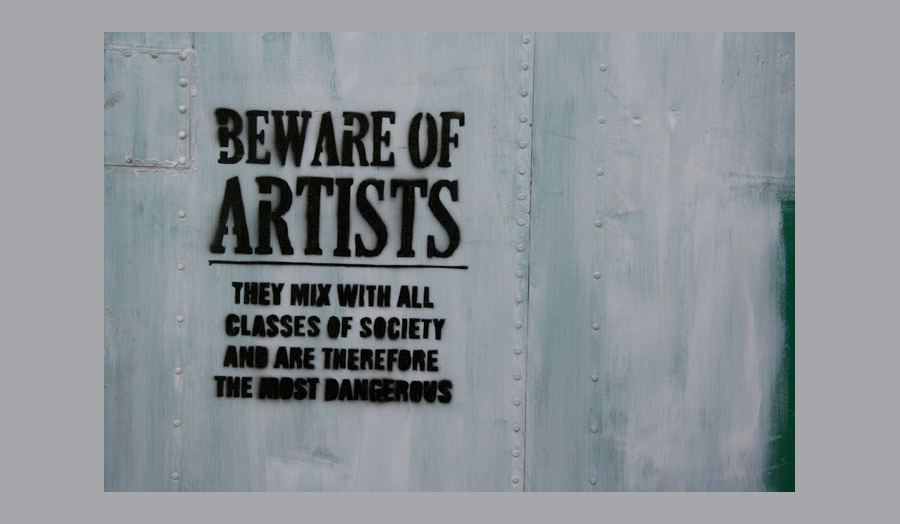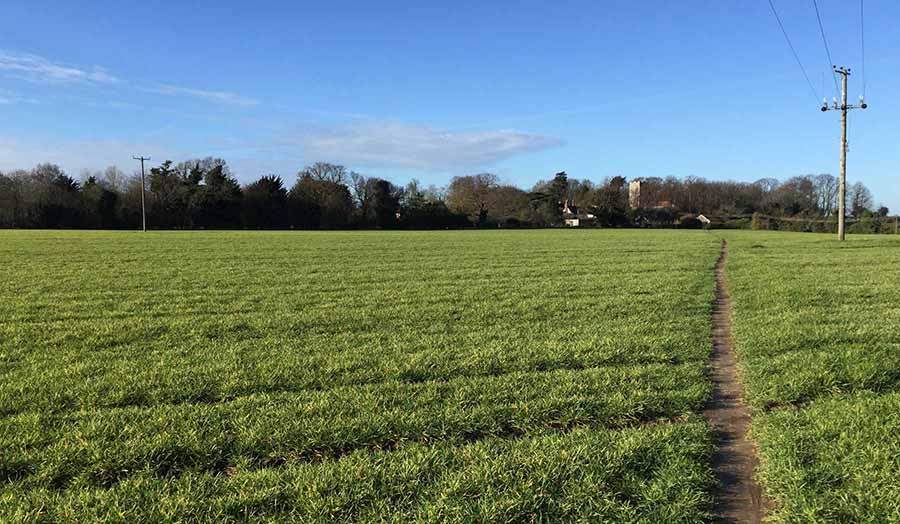Dr Andrew Hewish
How is it that form might speak? This studio looks at the power of rhetoric, of the medium as message, of the figure as discourse. Form can be used wilfully to justify claims and to reinforce power structures. Form is sometimes in retreat from us – our relation to objects is one of estrangement. What is the relation between theories of the object and form? If language can be thought of as linking signifier to signifier – what formal elements remain to carry over in the word? What are words as form? Are we hosts for the continuance of form? Does it somehow inhabit us to replicate itself? What does the body know in relation to form? What is our relation to the form of bodies, including our own? What are the aesthetics of politics – of power and its subversion? What periods and value systems emphasise the primacy of form? What form therefore should a dissertation take?
We cover the aesthetics of power; form as propaganda; scale; Riefenstahl; Germania; History as mythopoesis. We cover forms of subversion, refusal and difference. We cover classical rhetoric and modern speech; text as form; the remainder and the unsaid; aporia. We cover when the body speaks as form; and sensing form and muteness. We cover – the mystic existence of form; and form as the Object; Speculative Materiality; Form and Encounter; the Music of the Spheres; Pythagoreans; the Bauhaus as cult. We cover the endurance of Form; the Logic of Form; and Essay and Essayism as form.
Programme and bibliography
Aesthetics of power — Form as propaganda — Scale.
Riefenstahl, Germania. History as mythopoesis.
- Damisch, Hugh., 1994. The Origin of Perspective. Cambridge: MIT Press
- Mackenzie, Michael, 2003. From Athens to Berlin: The 1936 Olympics and Leni Riefenstahl’s Olympia. Critical Inquiry 2003 29:2, 302-336
- Meyer, Michael., 1975. 'The Nazi Musicologist as Myth Maker in the Third Reich', in Journal of Contemporary History, Vol.10, 1 /10/ 1975 pp. 649-665.
Forms of subversion, refusal and difference.
Cage, Rauschenberg, Bartleby, Proust, Baudelaire, Bunuel, Tanizaki, Diogenes, Jazz, Gandhi, Wilde
- Carson, Anne., 1995. "The Gender of Sound", in Glass, Irony and God. New York: New Direction Books
- Dworkin, Craig, "The Stutter of Form", in Perloff, M., Dworkin, C., The Sound of Poetry, the Poetry of Sound. London: University of Chicago Press, cop. 2009.
- Lyotard, J.F, 1984. Driftworks. New York: Semiotext(e)
- Lyotard, J.F., 2011. Discourse, Figure. Minneapolis: Minnesota
- Sloterdijk, P., 1988. Critique of Cynical Reason. (M.Eldred, trans.). New York: Verso
Classical rhetoric and modern speech. Text as form. The remainder and the unsaid. Aporia.
Luther King, Agamben, Carson.
- Agamben, g., 2009. Signature of all Things. Cambridge: MIT Press
- Fredal, J., 2011. ‘Rhetoric and Bullshit’, in College English. Vol. 73, No. 3 (January 2011), pp. 243-259
- Sappho, 2002. If Not, Winter - Fragments of Sappho. (A.Carson,trans.) New York: A A Knopf
- Twombly, C., 1991. Letter of Resignation. Munich: Schirmer/Mosel Verlag
The body speaks as form. Sensing form and muteness.
Chris Krauss. Kristeva. Bowery. Aman.
- Butler, J 1993, Bodies that matter: on the discursive limits of “sex”, Routledge, Abingdon, Oxon.
- Chris Kraus, 2018. Aliens & Anorexia. London : Tuskar Rock Press
- Massumi, B 2002, Parables for the virtual: movement, affect, sensation, Duke University Press, USA.
- Polanyi, M., 2009. The Tacit Dimension. Chicago: University of Chicago Press
- Snorton, C. Riley, 2014. Nobody Is Supposed to Know – Black Sexuality on the Down Low. Minneapolis: University of Minnesota Press
The mystic existence of Form. The Object. Speculative Materiality. Form and Encounter.
The Music of the Spheres. Pythagoreans. The Bauhaus as Cult
- Hiller, S 2006, ‘Working through objects’, in C Merewether (ed.), The archive. Documents of contemporary art, MIT Press, Cambridge, pp. 41-8.
- Perloff, Majorie., 1999. The Poetics of Indeterminacy. Evanston: Northwestern University Press
- Tanizaki, Junichiro., 1977. In Praise of Shadows. Chicago: Leete’s Island Books
- Winckelmann, J.,1759/2013. ‘Description of the Torso in the Belvedere in Rome’ in D. Carter (trans.) Johann Joachim
- Wojnarowicz, David. 1991. Close to the Knives: a Memoir of Disintegration. New York : Vintage Books
- Meillasoux, Quentin., 2009. After Finitude. London: Continuum
- Winckelmann, Johaan.,1759/2013. ‘Description of the Torso in the Belvedere in Rome’ in D. Carter (trans.) Johann Joachim
- Winckelmann on Art, Architecture, and Archeology. London: Camden House
The Endurance of Form. The Logic of Form.
Essay and Essayism
- Bryant, Levi, 2011. The Democracy of Objects. Ann Arbor : Open Humanities Press
- Didi-Huberman, G., 2017. The Surviving Image: Phantoms of Time and Time of Phantoms: Aby Warburg's History of Art. H. Mendelsohn (Trans). University Park: Penn State Press
- Kittler, F., 2012. Optical Media. Malden: Polity Press
*
Studio Image by Andrew Hewish. Banner image: Hans Op de Beeck, Staging Silence (3), video still (detail), 2019

Details
| Tutor | Andrew Hewish |
|---|

-(1)-(1)-(1).jpg)
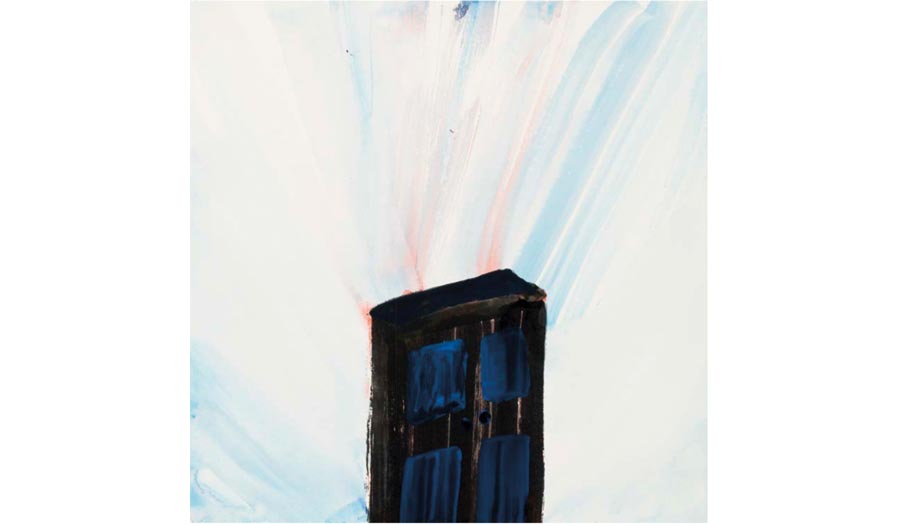
-(1).jpg)


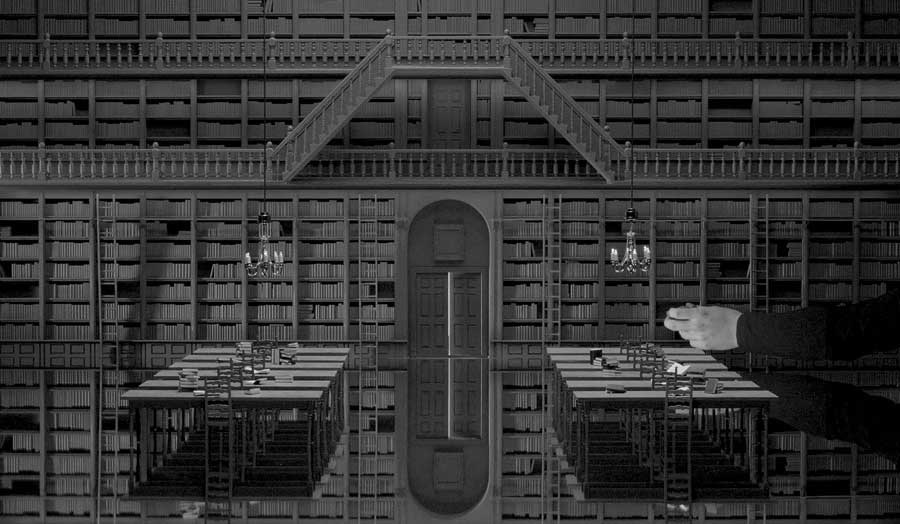
-(1).jpg)
-(1).jpg)


